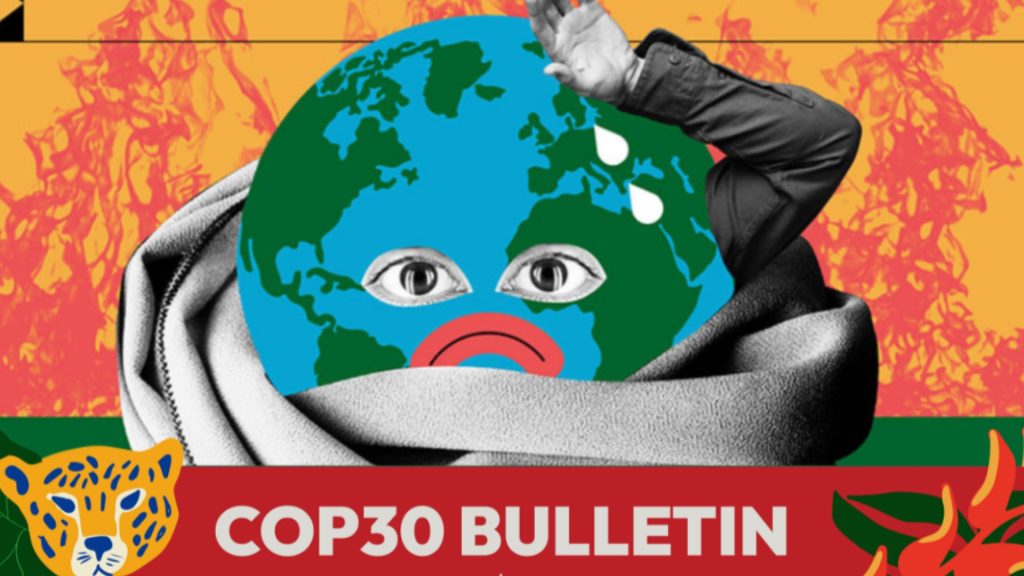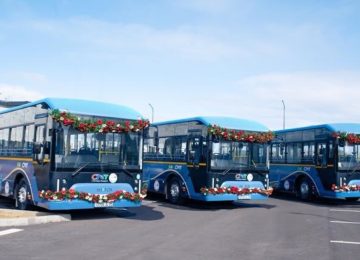The global effort to tackle extreme heat gained fresh momentum at COP30 in Belém with the launch of United Nations Environment Programme’s (UNEP) Global Cooling Watch 2025 report at the summit.
The event also marked the introduction of the Mutirão Against Extreme Heat—a Portuguese term meaning “collective effort.” Spearheaded by the COP30 Presidency in partnership with UNEP, the initiative has already mobilized over 150 cities worldwide to confront intensifying heatwaves and scale up access to sustainable cooling.
Extreme heat has emerged as one of the most visible, life-threatening consequences of the climate crisis. Across geographies, local governments are feeling the strain as infrastructure, health systems, and productivity buckle under record-breaking temperatures.
During the launch, UNEP Executive Director Inger Andersen warned that rising heat already claims half a million lives each year, calling for cooling to be recognized as essential infrastructure on par with water, energy, and sanitation. “Access to cooling saves lives and keeps economies, schools, and hospitals functioning,” she said. “But we cannot air-condition our way out of the heat crisis.”
The Global Cooling Watch 2025 report paints a stark picture of inaction. Without urgent measures, the number of people exposed to dangerous urban heat could increase sevenfold by 2050. Yet the report also points to achievable solutions. Climate-responsive buildings, expanded green spaces, and high-efficiency cooling technologies could reduce sectoral emissions by up to 64 percent and deliver trillions of dollars in cumulative energy savings.
Brazil’s Vice Minister for Environment and Climate Change, Adalberto Maluf, noted that Brazil’s cities are already confronting unprecedented heat levels. He described the Mutirão as a key opportunity to build local capacity, connect mayors with scientific evidence, and direct financing toward nature-based and adaptive cooling solutions.
The Mutirão Against Extreme Heat now includes over 80 partner organizations and aims to reach 200 cities, with 80 of them in Brazil. The initiative’s long-term goal is straightforward: to make heat adaptation a global public policy priority and ensure that every community has the means to live safely in a rapidly warming world.












